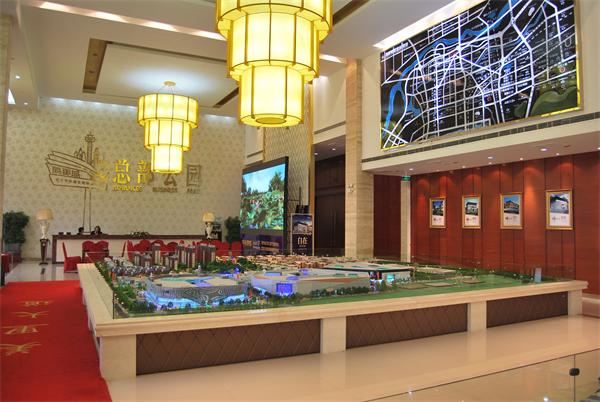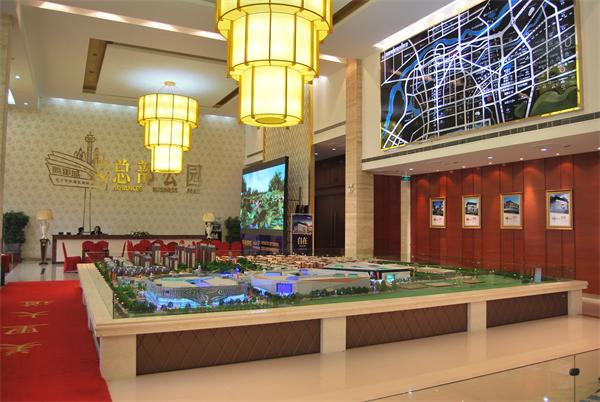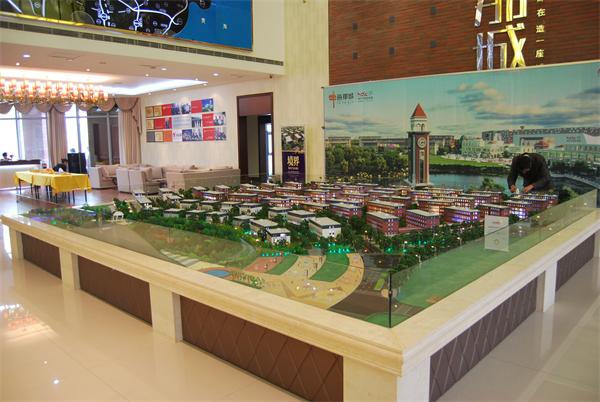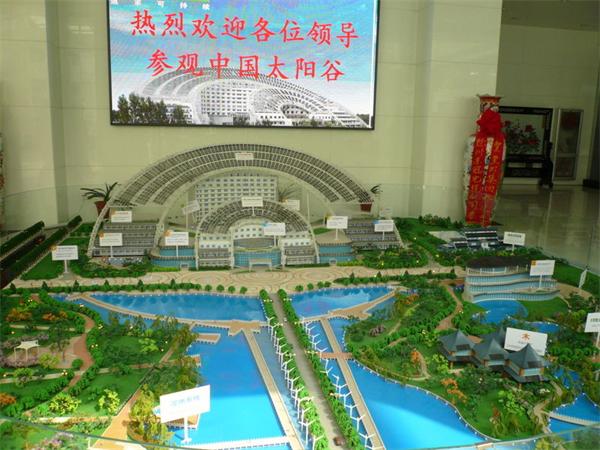1、 Overview of Internet of things
我国物联网应用总体上处于发展初期,许多领域积极开展了物联网的应用探索与试点,但在应用水平上与发达国家仍有一定差距。目前已开展了一系列试点和示范项目,在电网、交通、物流、智能家居、节能环保、工业自动控制、医疗卫生、精细农牧业、金融服务业、公共安全等领域取得了初步进展。国内已形成基本齐全的物联网产业体系,部分领域已形成一定市场规模,网络通信相关技术和产业支持能力与国外差距相对较小,但传感器、RFID 等感知端制造产业、软件与集成服务与国外差距相对较大。仪器仪表、嵌入式系统、软件与集成服务等产业虽已有较大规模,但真正与物联网相关的设备和服务尚在起步阶段。
The application of Internet of things in China is generally in the early stage of development. Many fields have actively carried out the application exploration and pilot of Internet of things, but there is still a certain gap with developed countries in application level. At present, a series of pilot and demonstration projects have been carried out, and preliminary progress has been made in the fields of power grid, transportation, logistics, smart home, energy conservation and environmental protection, industrial automatic control, medical and health care, fine agriculture and animal husbandry, financial services, public security and so on. A basically complete industrial system of Internet of things has been formed in China, and a certain market scale has been formed in some fields. There is a relatively small gap between the network communication related technology and industrial support capacity and foreign countries, but there is a relatively large gap between the sensor, RFID and other sensing end manufacturing industries, high-end software and integration services and foreign countries. Although the industries such as instruments, embedded systems, software and integrated services have a large scale, the equipment and services really related to the Internet of things are still in its infancy.
二、基于物流网的可视化沙盘
2、 Visual sand table based on Logistics Network
可视化模式是指利用物联网技术将物体设备进行虚拟化展示,并实现与现实物体设备数据的同步。
Visualization mode refers to the virtual display of object equipment using Internet of things technology, and the synchronization with real object equipment data.
物联网沙盘技术,立足于物体设备的多种可视化展现。沙盘技术解决方案利用GPS/北斗卫星定位技术、无线通信技术等多种技术集成应用于电子沙盘领域。
Internet of things sandbox technology is based on a variety of visual displays of object devices. The sand table technology solution is integrated and applied to the field of electronic sand table by using GPS / Beidou satellite positioning technology, wireless communication technology and other technologies.
(1)全球定位技术(GPS)
(1) Global Positioning Technology (GPS)
对物体位置的跟踪定位;对物体状态的监控;在物体上安装GPS系统,结合地理信息系统,实现上述沙盘位置动态化需求。
Tracking and positioning of object position; Monitoring of object status; The GPS system is installed on the object and combined with the geographic information system to realize the dynamic requirements of the sand table position.
(2)无线通讯技术(3G/WIFI)
(2) Wireless communication technology (3G / WiFi)
该项技术是本系统的数据传输的主要技术,应用于物体已识别数据的传输,包括3G视频数据的传输、GPS数据的传输、物体状态数据传输、任务分配与命令发布传输。
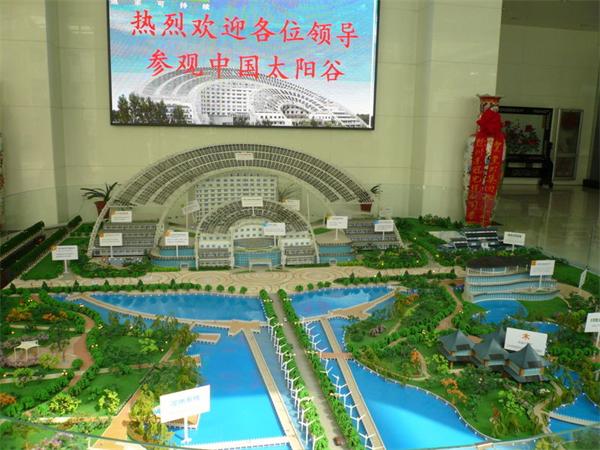

This technology is the main technology of data transmission of the system. It is applied to the transmission of object identified data, including 3G video data transmission, GPS data transmission, object state data transmission, task allocation and command issuance transmission.
三、应用案例
3、 Application case
为更好的体现,本文所述基于物联网的可视化沙盘技术,选择案例企业两个个实施案例进行分析说明,包括:智能物流可视化、智能灾害可视化等。具体说明如下:
In order to better reflect the visualization sand table technology based on the Internet of things described in this paper, two implementation cases of case enterprises are selected for analysis and explanation, including intelligent logistics visualization, intelligent disaster visualization, etc. The details are as follows:
(1)智能物流可视化项目
(1) Intelligent logistics visualization project
智能物流解决方案利用RFID技术、GPS/北斗卫星定位技术、传感器技术、蓝牙技术、视频识别技术、M2M技术等多种技术集成应用于现代物流领域,实现现代物流中的各种感知与控制。以物流管理为核心场景,实现物流过程中运输、存储、包装、装卸等环节的一体化和智能物流系统的可视化。
Intelligent logistics solutions use RFID technology, GPS / Beidou satellite positioning technology, sensor technology, Bluetooth technology, video recognition technology, M2M technology and other technologies to be integrated and applied to the field of modern logistics to realize various perception and control in modern logistics. Take logistics management as the core scenario to realize the integration of transportation, storage, packaging, loading and unloading and the visualization of intelligent logistics system.
(2)智能灾害可视化
(2) Intelligent Disaster visualization
智能灾害能够有效检测自然灾害、减少次生灾害。水位监测,实时传输水位信息,如果超过系统设定的水位,产生报警信息;流量监测,实时传输水流量信息,如果低于系统设定地水量流速,产生报警;雨量监测,实时传输雨量信息,超过系统设定的雨量,产生报警;视频监测,实时传输视频信号,可以远程操作视频头;远程控制,可以实时发布路况信息到桥边的指示屏,可以实时打开排水设备;可以实时打开立交桥掉头闸门;泥石流监测,实时传输土壤水份变化,如果超过系统设定的阀值,产生报警信息。
Intelligent disasters can effectively detect natural disasters and reduce secondary disasters. Water level monitoring, real-time transmission of water level information, if it exceeds the water level set by the system, alarm information will be generated; Flow monitoring, real-time transmission of water flow information, if it is lower than the ground water flow rate set by the system, an alarm will be generated; Rainfall monitoring, real-time transmission of rainfall information, exceeding the rainfall set by the system and generating an alarm; Video monitoring, real-time transmission of video signals, and remote operation of video head; Remote control, real-time release of road condition information to the indicator screen beside the bridge, and real-time opening of drainage equipment; It can open the interchange U-turn gate in real time; Debris flow monitoring, real-time transmission of soil moisture changes, if it exceeds the threshold set by the system, an alarm message will be generated.



